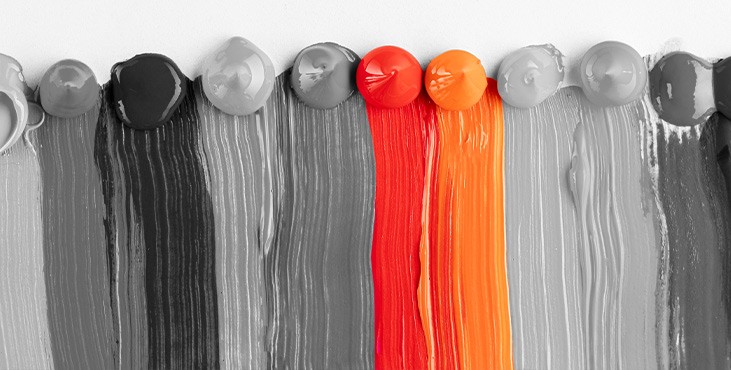
Using Color to Confuse and to Prevent Unwanted Actions
A work can be effectively and efficiently completed by using color as a direction indicator. Imagine a white background with a red "Read More" button that leads you to a comprehensive article about your favorite designer. However, when employed by designers who prioritize the demands of the business over the needs of the target audience, colors can become an incomprehensible nightmare, concealing buttons and information that consumers genuinely need. They can also act as covert allies, similar to the helpers of magicians. Here, you'll learn all about how to use color to confuse people and influence them to act in a certain way. Watch how your palette can manipulate their puppet strings when you do this.
One of the pre-attentive qualities is color; those of us who have complete color vision may quickly differentiate objects and extract information using this component of visual arrays. However, we find it quite challenging to read words and quickly comprehend the information offered when specific colors are blended. Because of this, designers have a trick up their sleeves: we can deceive consumers by using color in not just one, but two ways.
The text's colors don't stand out much against the background. In this method, the user is not sufficiently drawn to the text for it to be noticed. Additionally, once consumers find the material, they will find it difficult to read. Consumers who are more perceptive will read the content nonetheless, but keep in mind that users like to work as little as possible in this sense.
Similar to non-interactive text, inline links have the same color scheme. Users won't be able to recognize clickable links in this fashion and are more likely to miss the opportunity to obtain pertinent information.
You're on the correct road if you're picturing camouflage in this situation. As designers, we can bend and warp the components of just about anything we make, whether to hide or highlight certain parts. Because we are familiar with how the human eye functions and how it can cooperate with the brain to process clues, cues, and illusions, we can manipulate the user's eye with ease (as the Gestalt Principles attest). In order to get our users to do something, we might focus their attention to certain elements. By the same token, we can silence and bury messages, also known as "the fine print," to ensure that consumers will continue using the system. The moral barometer must be checked at this point, and we must determine whether the user is going to lose something or risk falling off a cliff (figuratively speaking!). If the response is "no," we may exhale more comfortably and think about how we might utilize this to deceive and manipulate consumers in a more beneficial—or at least harmless—way.
When the background and text are the same color, the user needs pay closer attention to the display in order to read what is being displayed. Combining colors in this way can be a highly sneaky approach to get information past users that you don't want them to notice. The information is still there; you can just hide it, like writing with a dried-out yellow highlighter on a page. However, if you don't want users to miss the information but simply want to make it a little more difficult for them to commit to a certain action, like unsubscribing from your newsletter, you might want to think about using another sneaky trick or unwelcome technique, like moving the command out of its usual location or adding an extra, time-consuming step to the process. In this sense, images are just as "bendable" as words (i.e., you can word a sequence of sentences and apply checkboxes beside them in a way that most users will not stop to think about). Being a master "acrobat" is all this talent does; it doesn't make you a criminal.
Color is a good ally, as you can see above. A wise use of it can both conceal something you don't want people to pay much attention to also bullseye a target. If your client is an ethical organization, you should have plenty of room to think about how you may offer value for them by deftly emphasizing preferred targets and using colors that won't capture their attention while incorporating necessary (albeit less desirable) features or information.
Remember one more thing as you contemplate the numerous ways you might experiment with color. In addition to avoiding "epic fail" choices like red-on-blue or blue-on-red interaction, you should consider folks who have some sort of color blindness, especially when it comes to red and green components, for example. Always ask yourself, "What do I want to reveal and why?" and, "What do I want to hide and why?" and weigh these decisions against moral factors like accessibility and the likelihood of user outcomes. Having said that, you could be surprised at how you can influence a user's decision to convert by using the appropriate color schemes.
Tell us what you think
By clicking 'Submit', you agree to Privacy Policy and authorise our staff to contact you. You are liable under the Personal Data Protection Act if you key in false personal data or other people’s personal data.
offers and news
